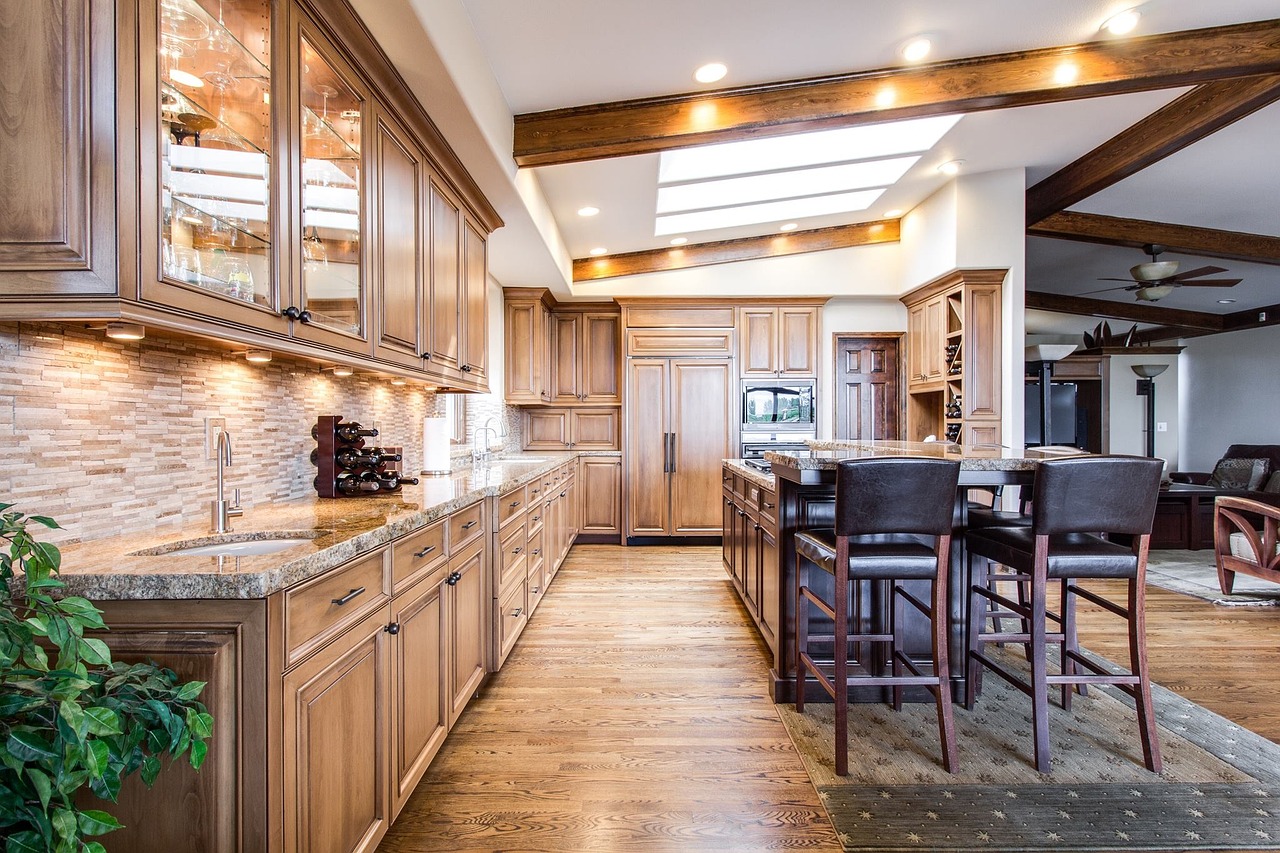
Understanding The Role Of Iot (Internet Of Things) In Smart Buildings
Are you curious about how IoT (Internet of Things) is revolutionizing the way buildings function?
In this article, we will explore the role of IoT in smart buildings and how it is transforming the way we live and work.
By connecting various devices and systems, IoT enables buildings to become intelligent, efficient, and responsive to the needs of occupants.
With IoT, buildings can enhance energy efficiency by automatically adjusting lighting, heating, and cooling systems based on real-time data. This not only reduces energy consumption but also lowers utility costs.
IoT also improves occupant comfort by personalizing temperature and lighting preferences.
Additionally, it streamlines maintenance and operations by providing real-time monitoring and predictive maintenance, ensuring that issues are addressed before they become major problems.
IoT also enhances building security by integrating surveillance systems, access controls, and alarm systems.
Lastly, IoT enables data-driven decision making by collecting and analyzing vast amounts of data, allowing building managers to optimize resources and make informed choices.
Stay tuned to learn more about the incredible impact of IoT in smart buildings.
Enhancing Energy Efficiency
Let’s dive into how IoT can boost energy efficiency in smart buildings! With the advent of IoT technology, smart buildings have the ability to optimize energy consumption and reduce wastage.
By integrating sensors and devices throughout the building, real-time data can be collected and analyzed to identify areas of high energy usage and potential inefficiencies. For example, smart thermostats can adjust temperature settings based on occupancy patterns, saving energy when rooms are unoccupied.
Lighting systems equipped with IoT sensors can automatically adjust brightness levels based on natural light availability, further reducing energy consumption. Additionally, IoT-enabled smart meters can monitor electricity usage and provide detailed insights to both building managers and occupants, enabling them to make informed decisions about energy consumption.
Overall, IoT plays a crucial role in enhancing energy efficiency in smart buildings, leading to significant cost savings and environmental benefits.
Improving Occupant Comfort
Enhance your comfort as an occupant by leveraging IoT technology in your building. With IoT, you can have complete control over the temperature, lighting, and even the air quality in your space.
Smart thermostats can automatically adjust the temperature based on your preferences and occupancy patterns, ensuring optimal comfort while reducing energy waste. Lighting systems equipped with motion sensors can detect your presence and adjust the lighting accordingly, creating a personalized and energy-efficient environment.
IoT-enabled sensors can also monitor air quality, alerting you when it’s time to open a window or adjust the ventilation system. Additionally, IoT devices can provide real-time feedback on occupancy levels, allowing building managers to allocate resources more effectively and create a comfortable atmosphere for all occupants.
Embrace the power of IoT to revolutionize your comfort and well-being in smart buildings.
Streamlining Maintenance and Operations
By leveraging IoT technology, building maintenance and operations become streamlined, allowing for efficient monitoring and timely resolution of issues, ultimately ensuring a seamless and hassle-free experience for occupants.
With IoT devices installed throughout the building, maintenance teams can remotely monitor and analyze the performance of various systems and equipment in real-time. This enables them to detect any potential malfunctions or inefficiencies before they escalate into major problems.
For example, sensors can automatically notify maintenance personnel when HVAC systems require servicing or when there’s a leak detected in the plumbing. This proactive approach minimizes downtime and prevents disruptions to occupant comfort.
Additionally, IoT technology can optimize maintenance schedules by predicting equipment failures based on data analytics, reducing the need for routine and costly maintenance checks.
Overall, streamlining maintenance and operations through IoT enhances the overall efficiency and functionality of smart buildings.
Enhancing Building Security
To ensure the safety and protection of your building, you can leverage IoT technology to implement advanced security measures. This allows for seamless monitoring and response to potential threats. By integrating various IoT devices, such as smart cameras, motion sensors, and access control systems, you can enhance the security of your building more efficiently and effectively.
These IoT devices continuously monitor the premises, detecting any suspicious activities or unauthorized access attempts. In case of a security breach, real-time alerts can be sent to the relevant personnel, enabling them to take immediate action. Additionally, IoT-enabled security systems can also be integrated with other building management systems, such as fire alarms or emergency exits, providing a comprehensive security solution.
With IoT, you can have peace of mind, knowing that your building is protected around the clock.
Enabling Data-Driven Decision Making
Imagine being able to make informed decisions for your building based on real-time data. With IoT technology, this is now possible. By connecting sensors and devices throughout your smart building, you can gather valuable data on energy usage, occupancy levels, and even air quality.
This data can then be analyzed and used to make data-driven decisions that can optimize your building’s performance and efficiency. For example, if the data shows that certain areas of your building are consistently unoccupied, you can adjust the heating and cooling settings to save energy. Additionally, if the data indicates that there’s a high level of carbon dioxide in a specific area, you can take immediate action to improve air quality.
By enabling data-driven decision making, IoT is revolutionizing the way buildings are managed and operated.
Conclusion
In conclusion, you now understand the crucial role of IoT in smart buildings. By leveraging IoT technology, buildings can achieve enhanced energy efficiency, improved occupant comfort, streamlined maintenance and operations, enhanced building security, and data-driven decision making.
With the ability to collect and analyze real-time data, IoT enables building managers to make informed decisions to optimize building performance and create a more sustainable and efficient environment.
Embracing IoT in smart buildings is essential for achieving a future of intelligent and connected spaces.

Comments (0)